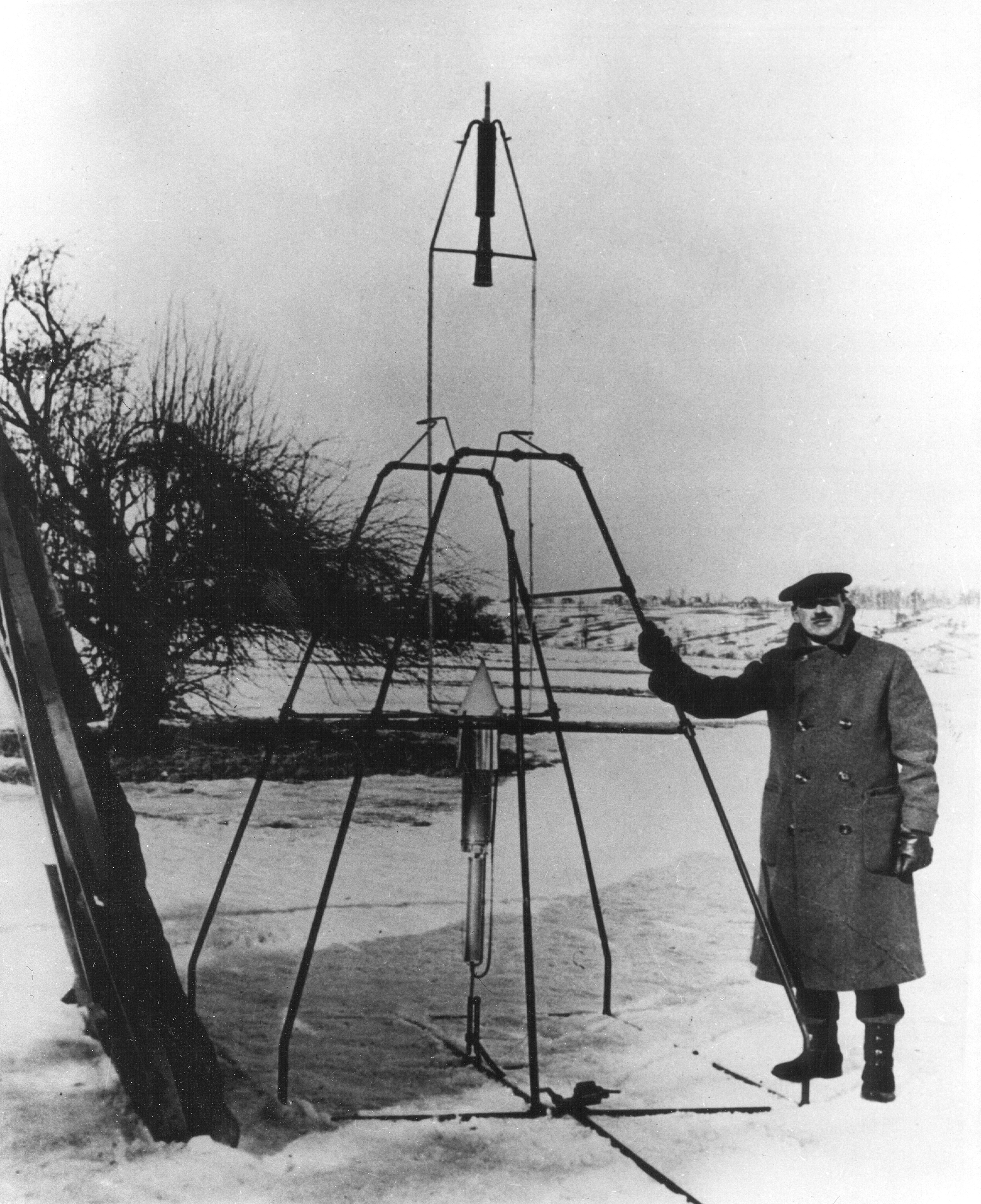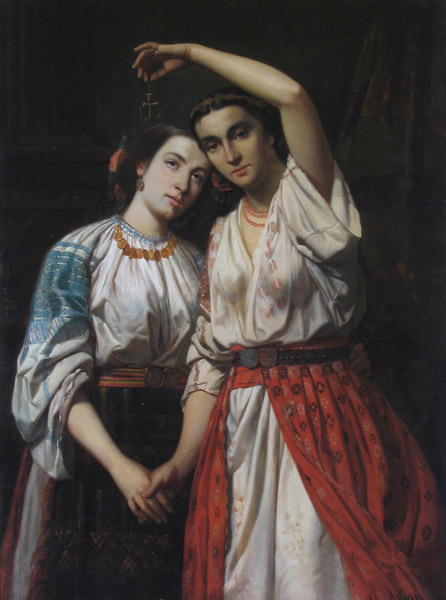|
Mircea Dumitrescu
Mircea Dumitrescu (September 3, 1926 – March 11, 2005) was a film critic, professor and essayist. He was known especially for his cinematography course accompanied by screenings in the main university cities in Romania. Biography Mircea Dumitrescu was born in Dumitrești, Vrancea County to Elena Șisman and Victor Dumitrescu (a physician), but he was brought up in Buzău. His father, Victor Dumitrescu, served at the "Carol I" Hospital in Dumitrești. Between 1934 and 1946, he studied in Buzău and Craiova (Liceul militar "Dimitrie A. Sturdza"), but Dumitrescu completed his high school just in the 1960s. He graduated from the University of Bucharest and worked for Student's Culture House in Bucharest (1970–2005). After 1970, he supported a cinematography course (focused on the history, theory and aesthetics of film) accompanied by screenings in the main university cities in Romania: Bucharest, Iași, Târgu Mureş, Cluj-Napoca, Timișoara, Craiova, Brașov. Mircea Dumitrescu wa ... [...More Info...] [...Related Items...] OR: [Wikipedia] [Google] [Baidu] |
Dumitrești
Dumitrești is a commune located in Vrancea County, Romania. It is composed of sixteen villages: Biceștii de Jos, Biceștii de Sus, Blidari, Dumitrești, Dumitreștii de Sus, Dumitreștii-Faţă, Găloiești, Lăstuni, Lupoaia, Motnău, Poienița, Roșcari, Siminoc, Tinoasa, Trestia, and Valea Mică. The commune lies on the banks of the river Râmnicul Sărat and its tributary, the Motnău. It is located in the southern part of the county, on the border with Buzău County. Dumitrești is traversed by national road , which connects it to the west to Chiojdeni and Jitia Jitia is a commune located in Vrancea County, Romania Romania is a country located at the crossroads of Central Europe, Central, Eastern Europe, Eastern and Southeast Europe. It borders Ukraine to the north and east, Hungary to the west, S ... and to the east to Bordești, Dumbrăveni (where it intersects DN2), Sihlea, and Tătăranu. Notable people * Mircea Dumitrescu References Commun ... [...More Info...] [...Related Items...] OR: [Wikipedia] [Google] [Baidu] |
Timișoara
Timișoara (, , ; , also or ; ; ; see #Etymology, other names) is the capital city of Timiș County, Banat, and the main economic, social and cultural center in Western Romania. Located on the Bega (Tisza), Bega River, Timișoara is considered the informal capital city of the historical Banat region. From 1848 to 1860 it was the capital of the Serbian Vojvodina and the Voivodeship of Serbia and Banat of Temeschwar. With 250,849 inhabitants at the 2021 Romanian census, 2021 census, Timișoara is the country's List of cities and towns in Romania, fifth most populous city. It is home to around 400,000 inhabitants in its Timișoara metropolitan area, metropolitan area, while the Timișoara–Arad metropolis concentrates more than 70% of the population of Timiș and Arad County, Arad counties. Timișoara is a multicultural city, home to 21 ethnic groups and 18 religious denominations. Historically, the most numerous were the Banat Swabians, Swabian Germans, Jews and Hungarians, who ... [...More Info...] [...Related Items...] OR: [Wikipedia] [Google] [Baidu] |
1926 Births
In Turkey, the year technically contained only 352 days. As Friday, December 18, 1926 ''(Julian Calendar)'' was followed by Saturday, January 1, 1927 '' (Gregorian Calendar)''. 13 days were dropped to make the switch. Turkey thus became the last country to officially adopt the Gregorian Calendar, which ended the 344-year calendrical switch around the world that took place in October, 1582 by virtue of the Papal Bull made by Pope Gregory XIII. Events January * January 3 – Theodoros Pangalos declares himself dictator in Greece. * January 8 **Ibn Saud is crowned ruler of the Kingdom of Hejaz. ** Crown Prince Nguyễn Phúc Vĩnh Thuy ascends the throne as Bảo Đại, the last monarch of the Nguyễn dynasty of the Kingdom of Vietnam. * January 16 – A British Broadcasting Company radio play by Ronald Knox about workers' revolution in London causes a panic among those who have not heard the preliminary announcement that it is a satire on broadcasting. * January 21 ... [...More Info...] [...Related Items...] OR: [Wikipedia] [Google] [Baidu] |
Cristi Puiu
Cristi Puiu (; born 3 April 1967) is a Romanian film director and screenwriter. With Anca Puiu and Alex Munteanu, in 2004 he founded a cinema production company, naming it Mandragora. Early life, education and career Cristian Emilian Puiu was born to Iuliana and Emilian Puiu in Bucharest, Romania. Puiu's first interest in art was painting. In 1992, he was admitted as a student to the Painting Department of ''École Supérieure d'Arts Visuels'' in Geneva. After the first year he switched to film studies at the same school, where he graduated in 1996. He started working in film after his return to Romania. He is married to Anca Puiu. He and Anca have three children: Smaranda, Ileana and Zoe. Career Director Cristi Puiu's debut as a director was in 2001 with the low-budget road movie ''Stuff and Dough'' (''Marfa și banii''), starring Alexandru Papadopol and Dragoș Bucur. The film received several awards in international film festivals and competed in the Quinzaines des Reali ... [...More Info...] [...Related Items...] OR: [Wikipedia] [Google] [Baidu] |
Remus Cernea
Remus Cernea (; born 25 June 1974) is a Romanian activist against discrimination based on faith and religion, an advocate of the separation of church and state and the founder of the ''Solidarity for Freedom of Conscience Association''. From 2012 to 2016, he served as a member of the Chamber of Deputies. He was also president of the Green Party (PV). He ran in the 2009 Romanian presidential election, and was a candidate for Green Party (PV), gaining over 60,000 votes, or a share of 0.62% of the votes. In October 2010, he left the Green Party over ideological differences and created the Green Movement (). Biography Born in Bucharest, he lived in Hunedoara for 14 years, where his father worked as a geologist, then moved back to Bucharest in 1988. In 1998, he founded the Noesis Cultural Society, an organization which edited the first Romanian e-books and multimedia encyclopedias dedicated to subjects of the Romanian culture: a CD-ROM containing 50 e-books and encyclopedias about ... [...More Info...] [...Related Items...] OR: [Wikipedia] [Google] [Baidu] |
Noesis Cultural Society
The Noesis Cultural Society (Romanian ''Societatea Culturală Noesis'') is a Romanian organization that produces and markets CD-ROM-based works pertaining to Romanian culture and thought. They are based in Bucharest, Romania. "Noesis" is an Ancient Greek word for "thought". Founded in autumn 1998 by Remus Cernea, among their projects to date are "virtual encyclopedias" on Constantin Brâncuși, Nichita Stănescu, and I.L. Caragiale. They have also produced several "virtual anthologies" of contemporary Romanian artists, writers, and academics. Each of these anthologies has contained the equivalent of fifty ordinary books on a CD-ROM and has sold for a price comparable to a single book. This strategy is particularly interesting for a country where money is generally in short supply, but where most academics and intellectuals have access to computers. On-line books Istoria cinematografiei universale. Eseuri, vol. 1, Noesis, noiembrie 2001 (by Mircea Dumitrescu) References Extern ... [...More Info...] [...Related Items...] OR: [Wikipedia] [Google] [Baidu] |
Television Stations
A television station is a set of equipment managed by a business, organisation or other entity such as an amateur television (ATV) operator, that transmits video content and audio content via radio waves directly from a transmitter on the earth's surface to any number of tuned Television sets, receivers simultaneously. Overview The ''Fernsehsender Paul Nipkow'' (''TV Station Paul Nipkow'') in Berlin, Germany, was the first regular television service in the world. It was on the air from 22 March 1935, until it was shut down in 1944. The station was named after Paul Gottlieb Nipkow, the inventor of the Nipkow disk. Most often the term "television station" refers to a station which broadcasts structured content to an audience or it refers to the organization that operates the station. A terrestrial television transmission can occur via analog television signals or, more recently, via digital television signals. Television stations are differentiated from cable television or other video ... [...More Info...] [...Related Items...] OR: [Wikipedia] [Google] [Baidu] |
Gazeta De Transilvania
''Gazeta de Transilvania'' was the first Romanian-language newspaper to be published in Transylvania. It was founded by George Bariț in 1838 in Brașov. It played a very important role in the awakening of the Romanian national conscience in Transylvania, and sowed the seeds for the revolution of 1848. Bibliography * Academia Republicii Populare Romîne, Dicţionar Enciclopedic Romîn, Editura Politică, București, 1962–1964. External links Digitized Gazeta de Transilvania (1838-1852)at '' Lucian Blaga Central University Library'' of Cluj-Napoca, Romania Romania is a country located at the crossroads of Central Europe, Central, Eastern Europe, Eastern and Southeast Europe. It borders Ukraine to the north and east, Hungary to the west, Serbia to the southwest, Bulgaria to the south, Moldova to ... About Gazeta de Transilvania (Romanian)at Lucian Blaga Central University Library, Cluj-Napoca, Romania {{DEFAULTSORT:Gazeta De Transilvania Romanian-language newspaper ... [...More Info...] [...Related Items...] OR: [Wikipedia] [Google] [Baidu] |
Focșani
Focșani (; ) is the capital city of Vrancea County in Romania on the banks the river Milcov, in the historical region of Moldavia. , it has a population of 66,719. Geography Focșani lies at the foot of the Curvature Carpathians, at a point of convergence for tectonic geologic faults, which raises the risk of earthquakes in the vicinity. Though Vrancea County is one of the most popular wine-producing regions in Romania, Odobești being just to the northwest, in Romania, Focșani itself is not considered a wine-producing center. The wine sold as ''Weisse von Fokshan'' in Germany and some other European countries is generally a ''Fetească Albă de Odobești'' wine, and practically a second-rated wine which does not comply to the European Union rules of naming the regions of origin of wines. The vicinity is rich in minerals such as iron, copper, coal, and petroleum. The city administers two villages, Mândrești-Moldova and Mândrești-Munteni. Focșani lies within the strate ... [...More Info...] [...Related Items...] OR: [Wikipedia] [Google] [Baidu] |
Suceava
Suceava () is a Municipiu, city in northeastern Romania. The seat of Suceava County, it is situated in the Historical regions of Romania, historical regions of Bukovina and Western Moldavia, Moldavia, northeastern Romania. It is the largest urban settlement of Suceava County, with a population of 84,308 inhabitants according to the 2021 Romanian census. During the Late Middle Ages, late Middle Ages, namely between 1388 and 1564 (or from the late 14th century to the late 16th century), this middle-sized town was the capital of the Moldavia, Principality of Moldavia. Later on, it became an important, strategically located commercial town of the Habsburg monarchy, Austrian Empire, and Austria-Hungary (formerly belonging to Cisleithania or the Austrian part of the dual monarchy) on the border with the Romanian Old Kingdom. Nowadays, the town is known for its reconstructed Medieval Seat Fortress of Suceava, medieval seat fortress (further rebuilt through the European Union, EU-funded ... [...More Info...] [...Related Items...] OR: [Wikipedia] [Google] [Baidu] |
Târgu Mureș
Târgu Mureș (, ; ; German language, German: ''Neumarkt am Mieresch'') is the seat of Mureș County in the historical region of Transylvania, Romania. It is the list of cities and towns in Romania, 16th-largest city in Romania, with 116,033 inhabitants as of the 2021 Romanian census, 2021 census. It lies on the Mureș (river), Mureș River, the second-longest river in Romania (after the Danube). Names and etymology The current Romanian language, Romanian name of the city, ''Târgu Mureș'', is the equivalent of the Hungarian language, Hungarian ''Marosvásárhely'', both meaning "market on the Mureș (river), Mureș (Maros) [River]". ''Târg'' means "market" in Romanian and ''vásárhely'' means "marketplace" in Hungarian. Local Hungarians often shorten ''Marosvásárhely'' to ''Vásárhely'' in speech. The Society of Jesus, Jesuit priest Martin Szentiványi provides the first known written reference naming the city; in his work ''Dissertatio Paralipomenonica Rerum Memor ... [...More Info...] [...Related Items...] OR: [Wikipedia] [Google] [Baidu] |



